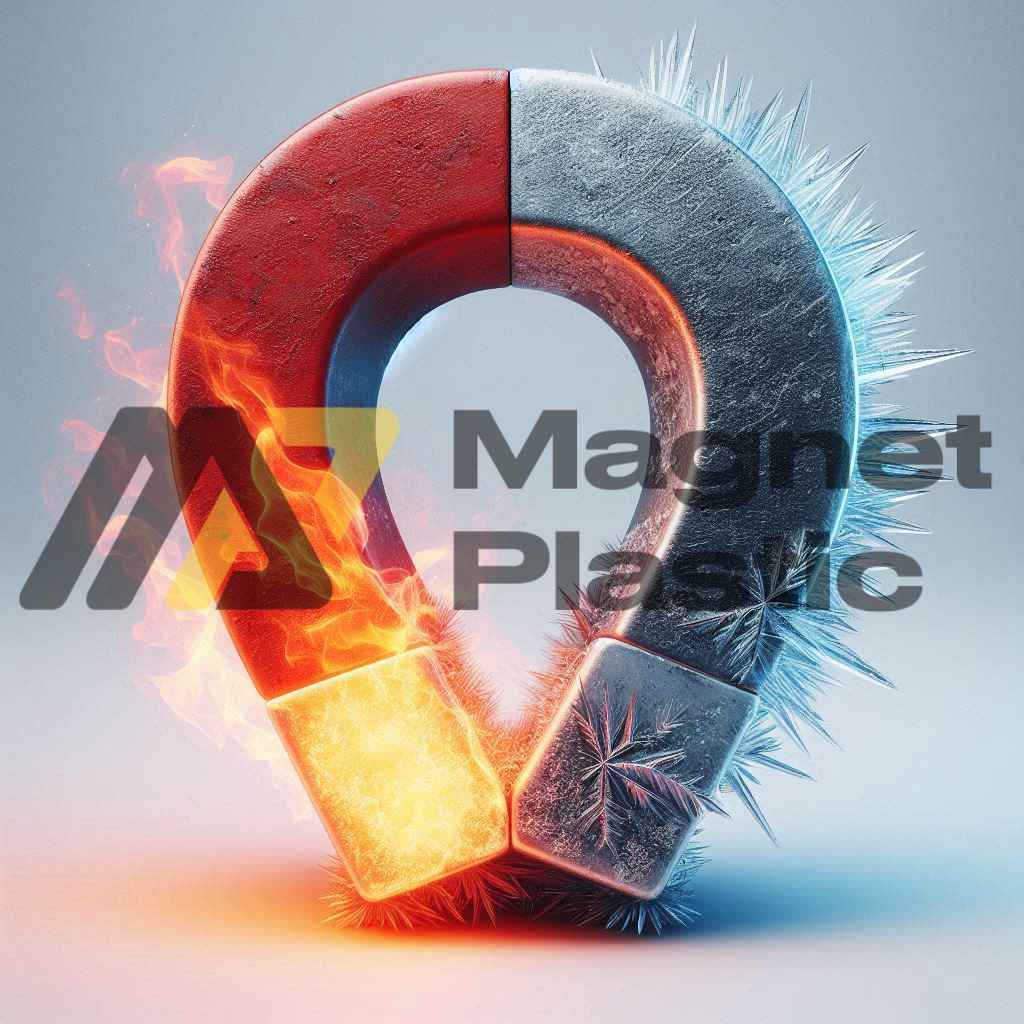How Heat and Cold Affect a Magnet
Magnets, which are found in many aspects of everyday life and modern technology, are made from ferromagnetic materials such as iron, nickel, or cobalt. These materials have an internal structure composed of magnetic domains—small regions where the magnetic moments of atoms are aligned. The strength of a magnet depends on this alignment. However, external factors like temperature can disturb this order and therefore affect the magnetism. Both heat and cold have noticeable effects on how magnets behave.
Effects of Heat on a Magnet
Heat is one of the most significant factors that negatively affect a magnet. As temperature increases, the kinetic energy of atoms inside the magnetic material also increases. This thermal agitation can disrupt the alignment of the magnetic domains, weakening the magnetic field. If the temperature keeps rising and reaches a critical point, known as the Curie temperature, the magnet can completely lose its magnetic properties.
The Curie temperature varies depending on the material: for iron, it is about 770 °C (1418 °F), while for nickel, it is around 358 °C (676 °F). Once this threshold is surpassed, the material becomes paramagnetic, meaning it no longer maintains a permanent magnetic field. In some cases, this process can be irreversible, especially in magnets made from materials that do not easily recover their original magnetic alignment.
Even before reaching the Curie temperature, heat can cause a partial loss of magnetism, which affects the performance of devices such as electric motors, speakers, hard drives, and magnetic sensors.
Effects of Cold on a Magnet
On the other hand, cold generally tends to strengthen the magnetism in most ferromagnetic materials. When temperature drops, the thermal energy of atoms is reduced, which helps magnetic domains stay aligned. This results in a stronger and more stable magnetic field. For this reason, some magnets perform more efficiently at lower temperatures.
However, cooling a magnet is not always beneficial or necessary. At extremely low temperatures (close to absolute zero), some materials may experience quantum effects that alter their properties. These changes typically occur under laboratory conditions and are not common in everyday applications.
In modern technology—especially in the field of superconductivity—magnets cooled with liquid helium or liquid nitrogen are used to generate extremely powerful magnetic fields. Examples include MRI (magnetic resonance imaging) machines and particle accelerators.
Conclusion
Temperature has a direct impact on a magnet’s performance. Heat tends to weaken or even eliminate magnetism by disturbing the alignment of magnetic domains, while cold can enhance it by stabilizing that alignment. For this reason, when designing magnetic devices, it’s crucial to consider the thermal environment in which they will operate to ensure optimal performance and longevity.
4o
